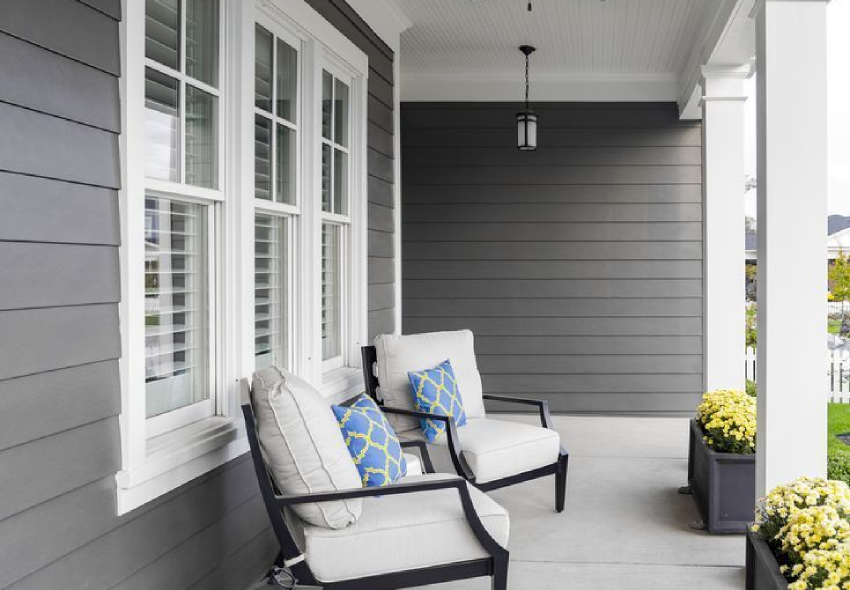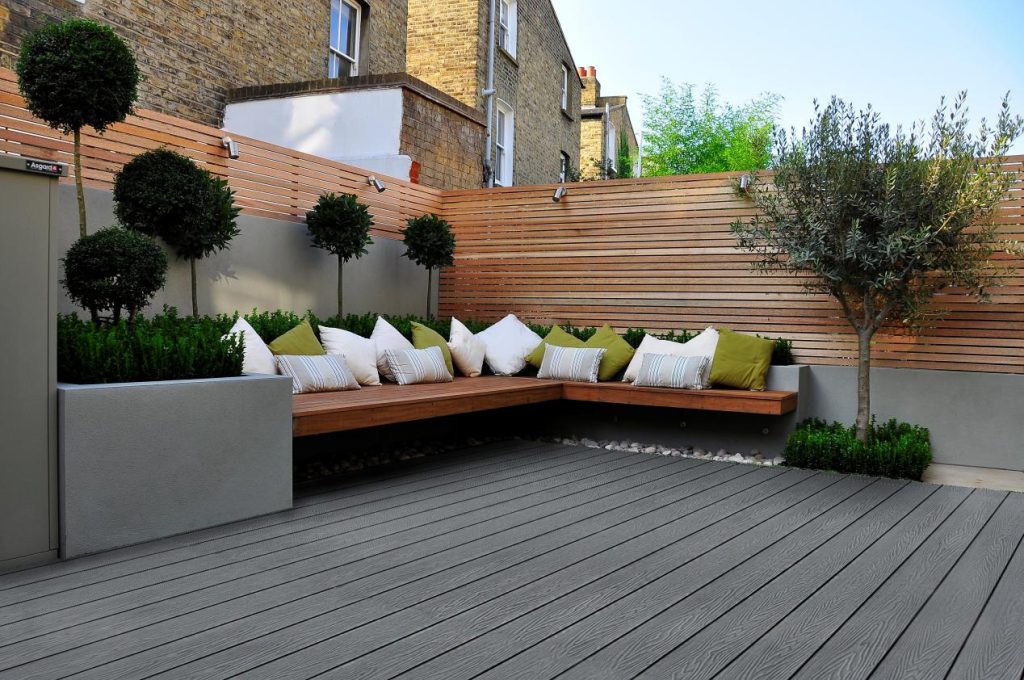With the improvement of global environmental awareness, the demand for sustainable materials in the construction and decoration industries continues to increase. Wood Plastic Composite (WPC), as a new material that is environmentally friendly, durable and beautiful, is emerging in the Philippine market. This article will explore in depth the demand for WPC in the Philippine market, its unique advantages, application scenarios, challenges and future development prospects, and comprehensively interpret the hot topic of Wood Plastic Composite Philippines.
Table of Contents
Urgent demand for environmentally friendly building materials in the Philippine market
The Philippines is located in the tropics and is a typical archipelago country with rich natural resources. However, with population growth and economic development, the problems of over-logging and over-utilization of resources have become more serious, and environmental issues have become the focus of government and social attention. In order to cope with these problems, the Philippine government has vigorously advocated green development in recent years, especially in the fields of construction and infrastructure.
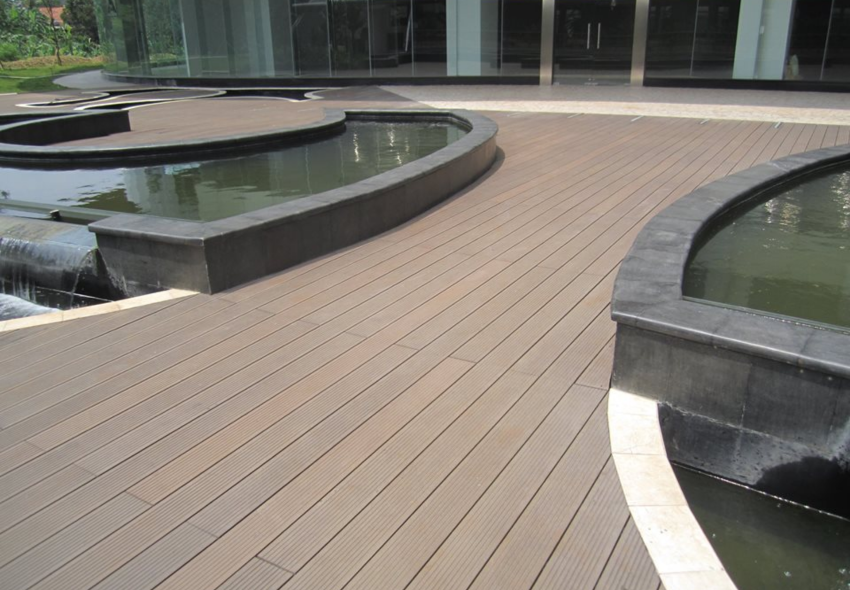
As an environmentally friendly material, WPC just fits the current demand for sustainable materials in the Philippines:
- Reduce wood consumption: The demand for traditional wood has always been high in the Philippines, but the damage to the ecosystem caused by over-logging cannot be ignored. WPC is made of wood fiber and recycled plastic, which can effectively reduce dependence on natural wood.
- Recycling of plastic waste: The Philippines is one of the countries with the highest plastic waste emissions in the world. The production process of WPC can use a large amount of recycled plastics to alleviate environmental pollution.
- Responding to climate challenges: The Philippines is frequently affected by typhoons and floods, and building materials need to have excellent waterproof and moisture-proof properties. Compared with traditional wood and plastic materials, WPC can better meet this demand.
Unique advantages of wood-plastic composite materials
The rapid popularity of wood-plastic composite materials is inseparable from its excellent performance and diverse application value. The following are the main reasons why WPC decking is popular in the Philippine market:
Excellent weather resistance
The Philippines has a hot and humid climate throughout the year, and frequently encounters typhoons and heavy rains. Traditional wood is prone to rot or swell in a humid environment, while WPC has natural waterproof and moisture-proof properties, will not easily deform or crack, and has a longer service life.
Low maintenance cost
The use of traditional wood in the Philippines requires frequent anti-corrosion, insect-proof and painting maintenance, while WPC does not require these additional treatments, which greatly reduces the later maintenance costs and becomes an economical choice for ordinary consumers and enterprises.
Both appearance and practicality
WPC not only has a natural appearance similar to wood, but also can achieve rich design effects through different processes to meet a variety of decorative needs. From flooring to furniture to landscape architecture, WPC can do it.
Sustainability and environmental protection
The production process of WPC reduces plastic waste and wood felling, has minimal impact on the environment, and is in line with the development direction of green buildings and ecological environmental protection in the Philippines.
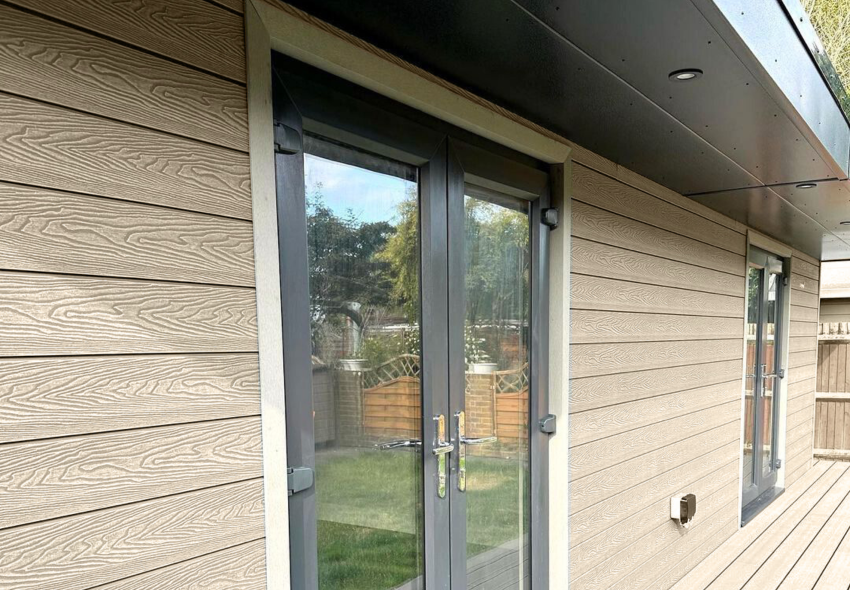
Main application scenarios in the Philippine market
With the acceleration of urbanization in the Philippines, the application scenarios of WPC have gradually diversified, mainly reflected in the following aspects:
Construction and decoration industry
In the field of residential and commercial buildings, WPC is widely used in balcony floors, wall panels, roof laying and other scenes. Its anti-slip and durability are particularly suitable for the humid environment in the Philippines. In addition, the application of WPC in fields such as door and window frames has gradually increased, providing more options for the construction industry.
Garden and landscape design
Garden design and public green space are important parts of urban construction in the Philippines. Due to its weather resistance and decorative properties, WPC is used to build garden trails, garden fences, pavilions, outdoor seating and other facilities, adding beauty and functionality to the urban environment.
Coastal and water facilities
The Philippines is an archipelago country with a long coastline, and the application of WPC in coastal and water facilities is very prominent. Its corrosion resistance makes it an ideal material for docks, decks and seaside buildings, solving the problem of traditional wood being easily rotten.
Furniture manufacturing and home decoration
More and more Filipino consumers are beginning to pay attention to environmentally friendly furniture. WPC that produced by Hosung can be used to manufacture home products such as tables, chairs, cabinets and decorative wall panels. Its low maintenance and high aesthetics cater to the aesthetic and practical needs of modern consumers.
Commercial facilities and outdoor billboards
WPC is also widely used in the construction of commercial facilities, such as shopping mall decoration, billboards and booth design, reflecting its flexible and diverse application potential.
Challenges and opportunities in the Philippine market
Challenges
- High initial cost: Compared with traditional wood or plastic, the initial cost of WPC is higher, which may be a threshold for low- and middle-income consumers or small businesses.
- Insufficient market awareness: Although WPC is gradually becoming popular in the Philippine market, many consumers still lack a comprehensive understanding of its characteristics and advantages, and market promotion needs to be strengthened.
Opportunities
- Government policy support: In recent years, the Philippine government has introduced a series of policies to promote the development of green buildings, which provides a good policy environment for the market promotion of WPC.
- Technological progress: With the continuous improvement of WPC production technology, the cost will gradually decrease, and its application scope will be further expanded.
- International investment and cooperation: The Philippine market is open to foreign investment. International WPC manufacturers can enter the Philippine market through technical cooperation or investment in factory construction, and jointly develop new market space with local companies.
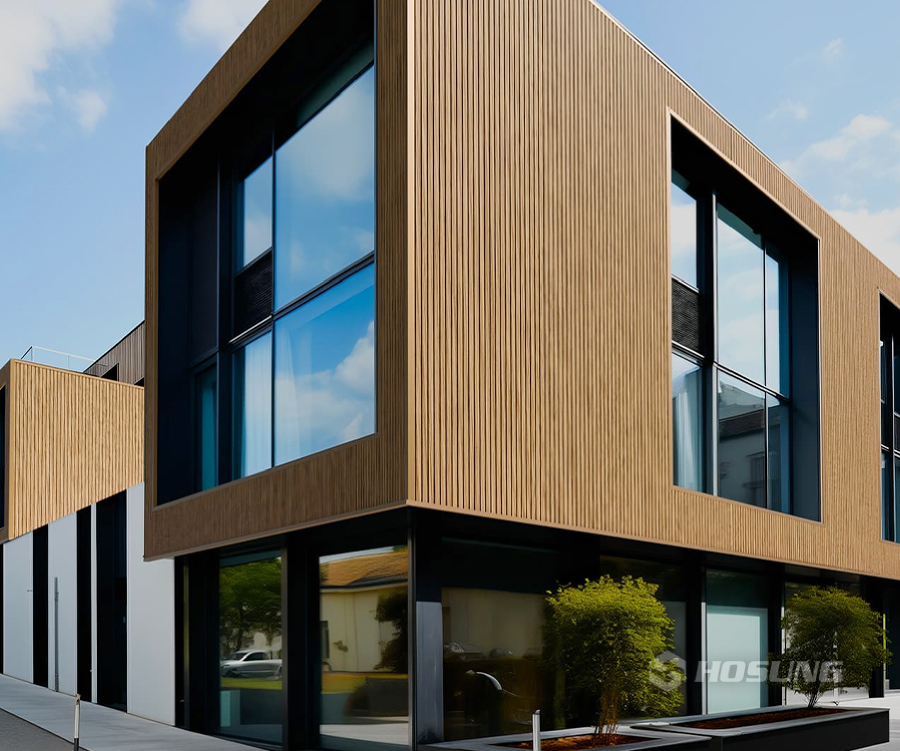
Future development prospects of wood-plastic composite materials in the Philippines
Looking ahead, the market demand for WPC in the Philippines will continue to grow. The following are its possible development directions:
Penetration into rural areas
As the cost of WPC gradually decreases, it can not only meet the needs of urban construction, but also gradually enter the rural market of the Philippines for rural infrastructure construction and home decoration.
Innovative product development
Through technological innovation, WPC materials will have more functionality, such as higher UV resistance and stronger compressive strength, to meet the needs of different scenarios.
Promotion of education and brand marketing
By holding exhibitions, promoting environmental protection concepts and displaying actual cases of WPC products, companies can further improve market awareness and attract more consumers and partners.
Export potential development
Located in the center of Southeast Asia, the Philippines has a superior geographical location. WPC companies can use the Philippines as an export base to expand their markets to neighboring countries.
Conclusion
The market potential of Wood Plastic Composite Philippines cannot be ignored. With the popularization of environmental awareness and the promotion of green building materials policies, WPC will play an increasingly important role in the fields of construction, decoration, gardening and furniture in the Philippines.
Seizing this opportunity can not only bring considerable economic benefits to enterprises, but also help the Philippines achieve the goal of sustainable development. In the future, WPC will become the protagonist of the green building materials industry in the Philippines, contributing more to local environmental protection and economic development.

